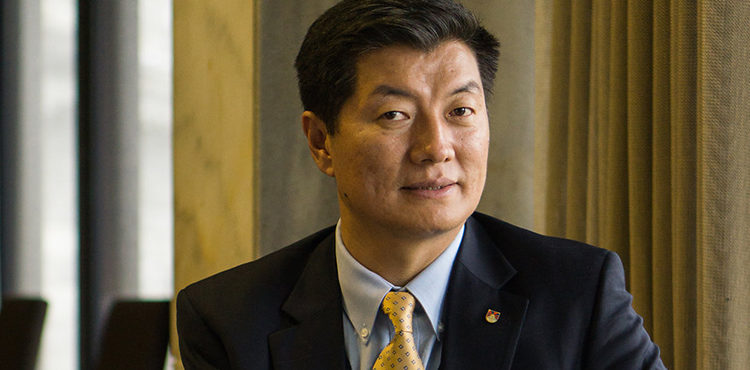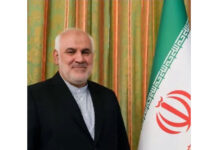DHARAMSHALA: In a first-of-its-kind initiative to boost the support to the Tibetan cause, Central Tibetan Administration (CTA) President Lobsang Sangay has been invited formally to the US State Department, officials said on Friday.
At a meeting with the newly-appointed Special Coordinator Robert Destro in Washington, Sangay on Thursday sought to resume talks between the Dalai Lama envoys and the Chinese based on the ‘middle-way’ approach.
During the meeting, Destro asked what he and the State Department could do to support the Tibetan diaspora. Globally known as the Prime Minister-in-exile, Sangay went on to explain the importance of passing the Tibetan Policy and Support Act of 2020 and the alarming worsening conditions of Tibetans in Tibet.
Toeing the path adopted by Tibetan spiritual leader the Dalai Lama for years to resolve the issue of Tibet with China through the ‘middle-way’ approach, Sangay urged Destro to press the Chinese government to have dialogue between the envoys of the Dalai Lama and the Chinese government. The ‘middle-way’ approach favours ‘genuine autonomy’ for Tibetans within the framework of the Chinese constitution and does not speak of independence.
China and the Dalai Lama’s envoys have held nine rounds of talks since 2002 to resolve the Tibetan issue. During the last round of talks, the ninth one, held in Beijing in January 2010, the CTA submitted an explanatory note to the Chinese leadership to clarify its stand on autonomy for the Tibetan people.
“The US is concerned by the lack of meaningful autonomy for Tibetans and the CCP’s ongoing crackdown on Tibetan Buddhists. As Special Coordinator, I will continue urging the PRC to respect the human rights and unique religious, cultural, and linguistic identity of Tibetans,” Destro informed in a tweet. At the meeting, Sangay, who is at helm for his second consecutive term, also elucidated the ongoing Indo-Tibet border clashes.
He also invited Special Coordinator Destro to visit the CTA headquarters in Dharamsala. Destro was sympathetic to all points made and stated that he wanted to “get things done” in collaboration with the CTA President, said a CTA statement. Scott Busby, the Deputy Assistant Secretary in the Bureau of Democracy, Human Rights and Labor, was also in attendance.
“This has been a long progress for all those involved at the CTA, and I am pleased that our labour has paid off with this progress, an achievement that paves the way for future Sikyongs (Presidents) and leaders of the CTA,” Sangay said in a statement.
“This is the end result of years of persistent work, and we will take this opportunity to respectfully push for direct dialogue between the CTA and US officials. “Today’s unprecedented meeting further strengthens the narrative that the CTA will be treated akin to other governments by the US State Department, and it is yet another significant win for Tibetans and allies,” he added.
In September 2011 right after taking the oath of the CTA President, the cabinet sent an official memo to the Office of Tibet in New York to explore the possibility of having the President formally enter the US State Department, a post on the CTA website says.
It took nine years for the US State Department to realize the strategic importance of having the CTA President have formal meetings in the State Department similar to leaders of independent countries.
From 2011 to 2018, Sangay had informally met with State Department officials at restaurants, where the existence of the meetings were kept undisclosed and photographs were not allowed.However, in the past year, State Department officials have become increasingly amenable to publishing photo opportunities, and in 2019, a few officials tweeted supportive comments about their meetings with Sangay.
The CTA President’s inclusion into the physical building of the US State Department sends an emphatic acknowledgement by the US Government of the CTA and the leadership of Sangay, it added.
The Dalai Lama has lived in India since fleeing his homeland in 1959. The Tibetan exile administration is based in this northern Indian hill town.







